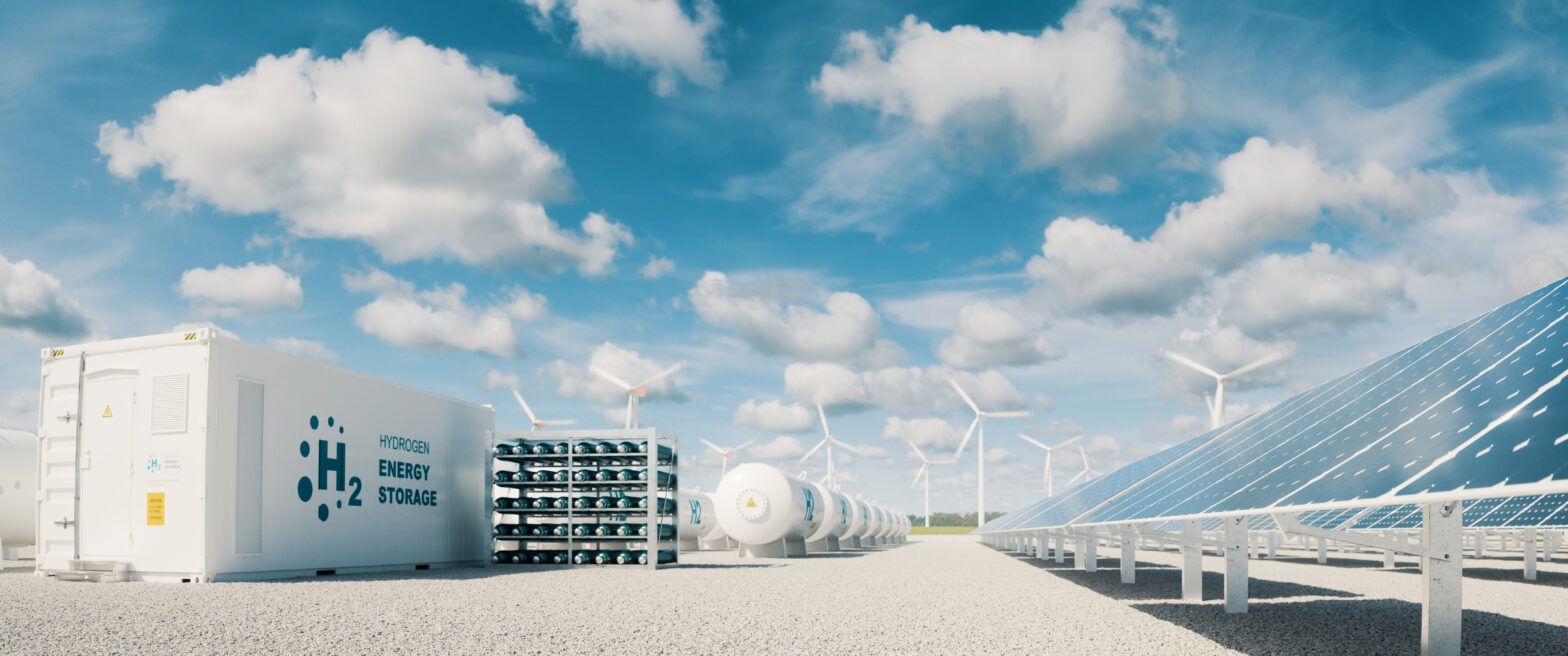The most recent Bank of England inflation report suggested price rises could peak at over 7% this year.
Surging oil and gas prices in response to the crisis in Ukraine might push that figure even higher. This has left many investors scrambling for ways to protect their portfolios against inflation, but many of the solutions – equity, index-linked bonds, commercial property – appear an imperfect solution.
Renewable energy infrastructure trusts seem to offer a better defence than most. This has been a popular sector in recent years. It led investment trust fundraising last year, with trusts in the sector raising £3.4bn between them, including £874m across six IPOs.
At a time of sky-rocketing inflation and unstable energy prices, the appeal is clear. Their cash flows are usually derived from a combination of index-linked subsidy income and energy prices, which makes them uniquely responsive to inflation. Unlike other assets, this link is relatively direct and transparent, and is not reliant on, for example, an assessment of a company’s pricing power or its ability to negotiate deals with its suppliers.
Inflation rise could result in bigger NAV uplift
Pietro Nicholls, manager of the RM Alternative Income fund, says that the exact figures for the subsidy will depend on when the assets were established. “Many of these assets were set up with a 20-25 year subsidy life, indexed to inflation. They take December’s RPI figure and apply it to the subsidy payments. This year, that figure was 7%.”
This means that the uplift from rising inflation is readily quantifiable.
See also: – Renewable trust NAV declines are unnerving some investors
Most trusts operate with an assumed inflation figure and will also give an indication of their relative sensitivity to higher-than-expected inflation. For example, NextEnergy Solar says a 0.5% increase in inflation over and above its current expectations should give a 4.4% uplift to the value of the trust. For most trusts, the expectations lie somewhere between 2.5% and 4%.
That said, the inflation relationship is imperfect. Nicholls points out that some trusts will see higher input costs as a result of inflation, though maintenance costs are generally relatively low except for areas such as offshore wind and large scale hydro projects. It is possible that debt costs might rise if interest rates rise.
More important is the energy price. Nicholls says that companies have the choice of selling at the spot price, or entering into power purchase agreements (PPAs). These PPAs take various forms, with different floors and caps.
James Calder, research director at City Asset Management, says: “Some renewables trusts hedged their energy prices for a couple of years. When the electricity prices collapsed, this looked like a good idea, but it means they are not participating from higher prices today.”
Equally, renewables do not automatically benefit from higher energy prices elsewhere. It isn’t the case that as oil and gas prices spike, there is automatically more demand for renewables and therefore higher prices. Nicholls makes the distinction between ‘base load’ energy, largely delivered by fossil fuels, and intermittent energy driven by renewables. There is a relationship between the two types, but it is not linear.
The other problem is the valuations ascribed to the assets. As Calder says: “Sentiment can get in the way with closed-ended funds.” Gresham House Energy Storage, Greencoat Renewables, Greencoat UK Wind and The Renewables Infrastructure fund are all on double digit premia to net asset value. Calder is still happy to hold the trusts, but he is selective and tends to buy when there is a corporate action, which helps with pricing.
Nicholls says that the discount for the solar energy funds, such as Foresight and NextEnergy is perhaps more surprising: “The assets trading on a discount are those with the least amount of variability on supply. Solar is generally a low variance energy source because it is easy to predict when the sun rises and sets. As such, it’s easy to understand the cash flows.” He says that funds that offer a greater diversity of options – wind, solar, hydro – are generally afforded a higher rating.
Expedited focus on renewable energy
A final, important consideration is the discount rate. If inflation rises and interest rates follow suit, it may raise the discount rate, which in turn may offset the benefits of higher inflation. This may be why investors have not been snapping up these assets with the enthusiasm they seem to warrant.
Investors cannot overlook the attractive yields. More than half the sector is on a yield of 5% or more. Different trusts have different dividend policies, but the majority offer a progressive dividend policy and some are committed to raising the dividend in line with inflation. At a time of low bond yields and unpredictable equity markets, these yields should draw investors.
Gavin Haynes, investment consultant at Fairview Investing, points out that renewable energy infrastructure is a structural as well as a cyclical theme. He adds: “The Ukrainian crisis should expedite a focus on renewable energy.” He likes diversified options, such as Gravis Clean Energy, which invests in clean energy funds, across solar, wind, natural gas, hydro and geothermal. He also uses RM Alternative Income, which has renewable infrastructure as a key theme.
If policymakers reduce their dependency on oil and gas a result of the Ukraine crisis, these assets are likely to be in high demand. In the meantime, they are a better inflation hedge than most and prices have moved a little lower as growth assets have sold off. They would seem to offer a significant defence against some of the key challenges facing investors today.








